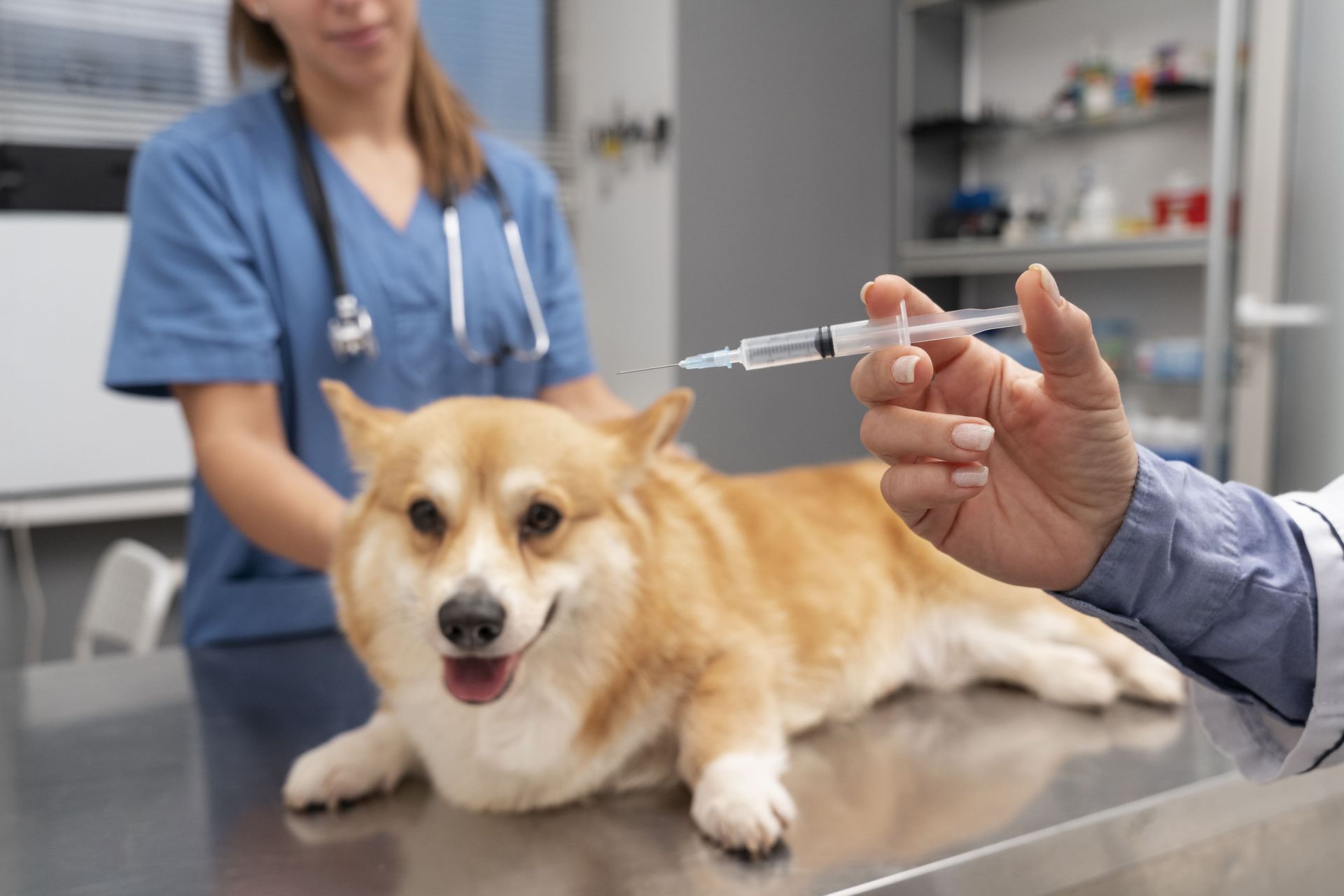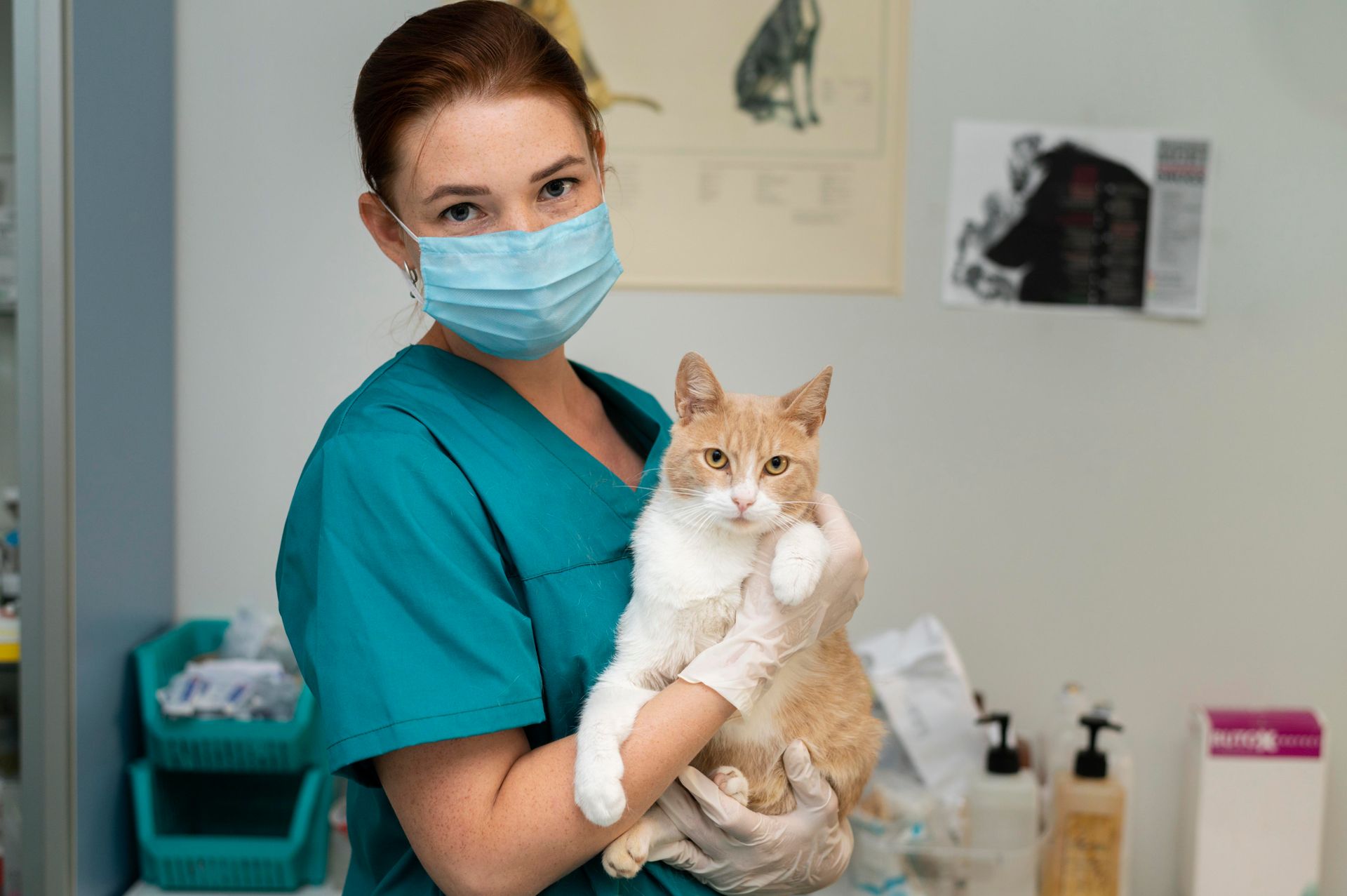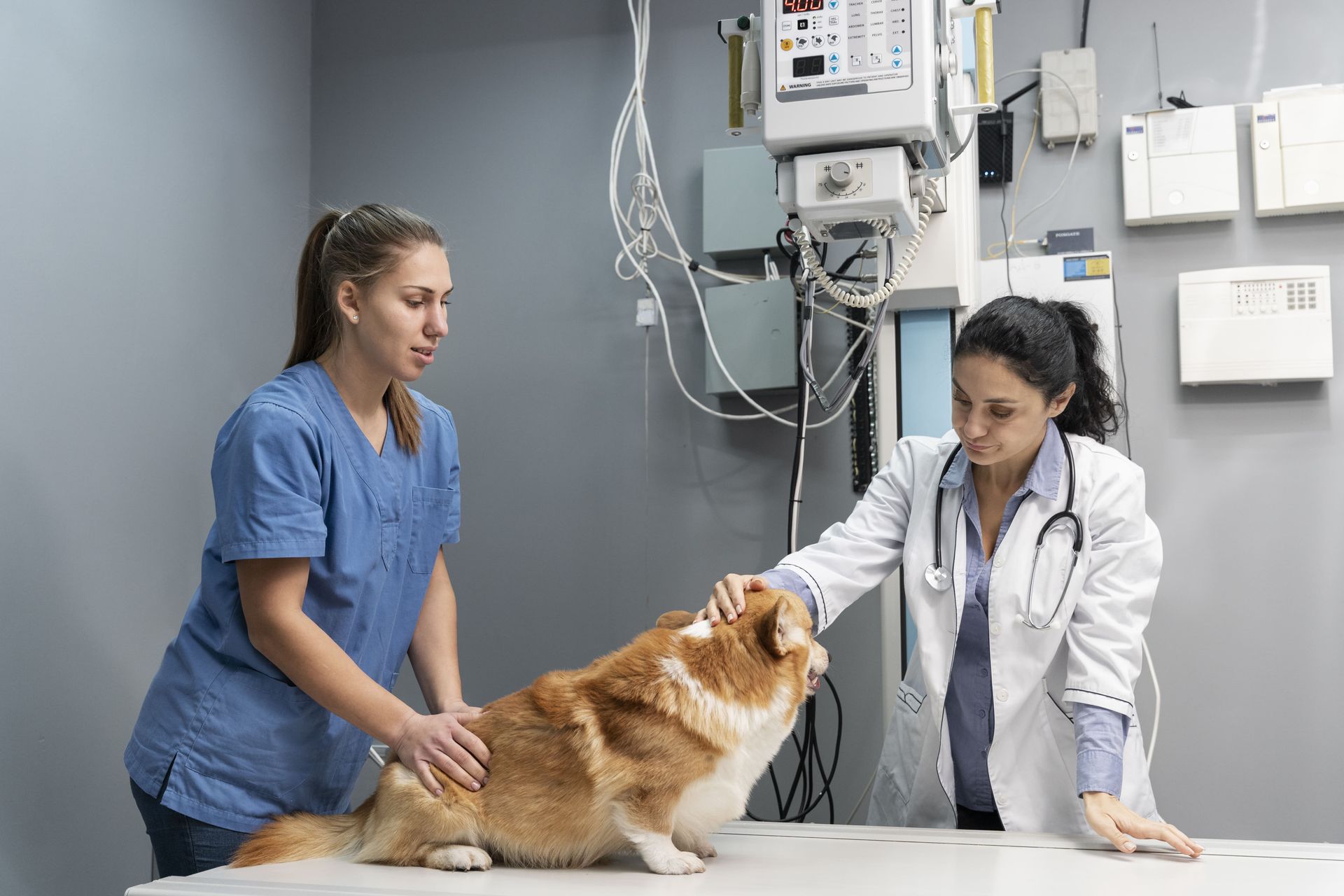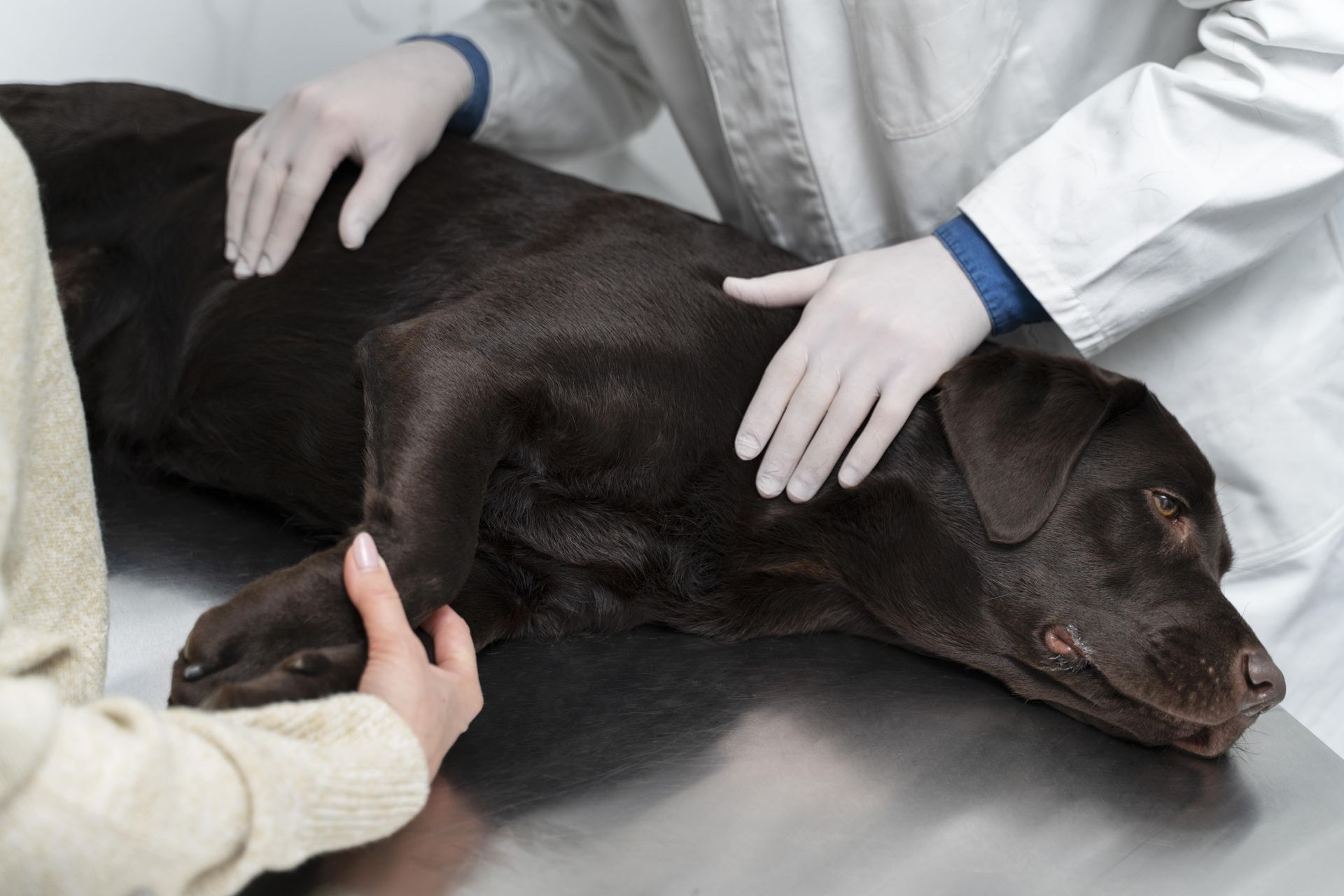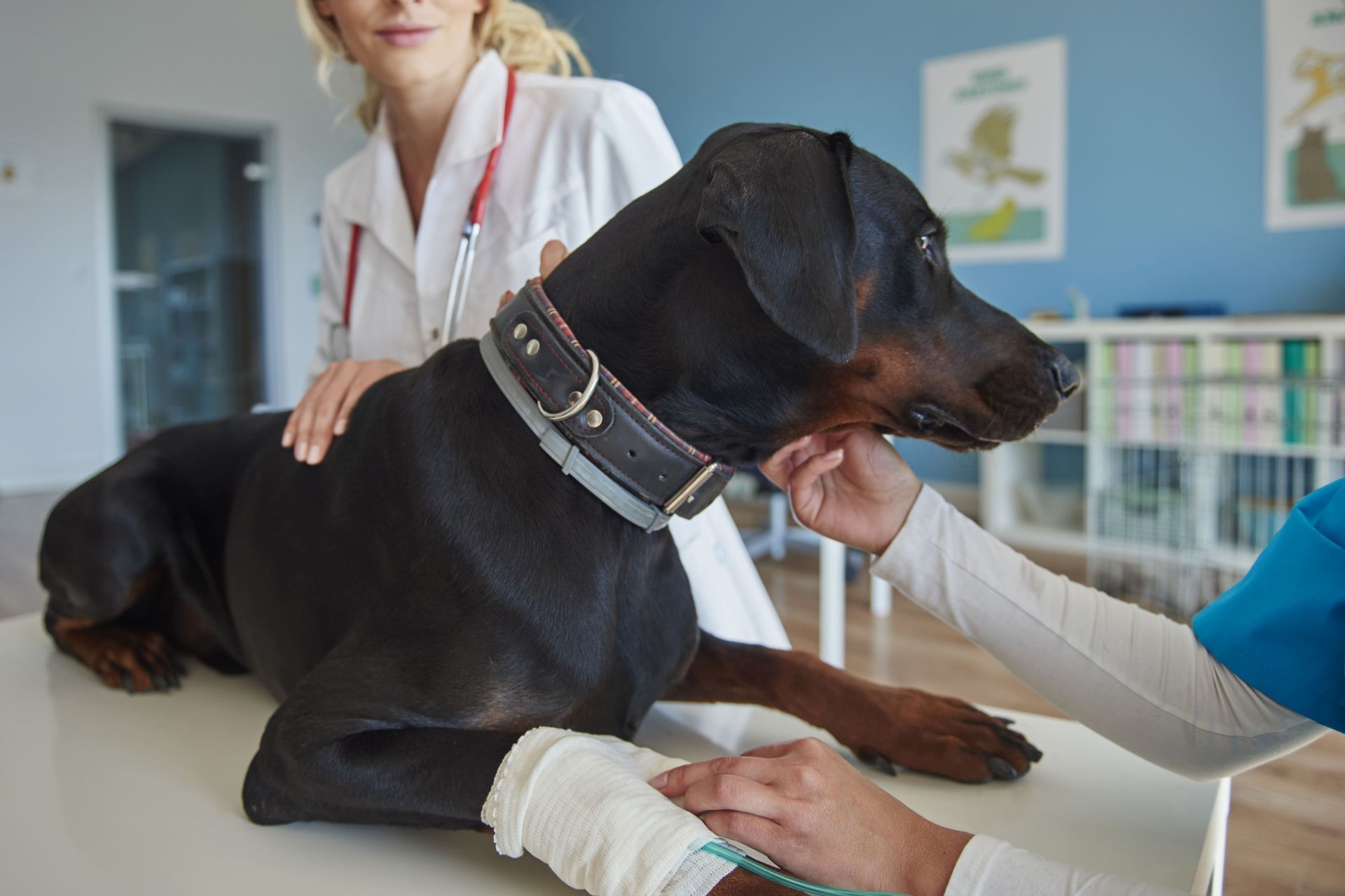If you have walked into a vet clinic with a knot in your stomach, you are in good company. Most pet parents walk in with the same questions: What is happening inside my pet's body? What will the doctor do? Is my pet going to feel better soon? When your vet mentions
pet soft tissue surgery, these questions grow louder in your head. You want answers that make sense. You also want to know exactly how this relates to your pet right now.
The truth is straightforward: pets develop lumps, bumps, infections, blocked glands, tricky wounds, and internal problems that require more than medication. Soft tissue procedures are the medical tools to help solve these problems. These procedures deal with organs, skin, glands, tissues, and all parts that support your pet's everyday comfort. Many of the problems treated through soft tissue work appear seemingly overnight, while others build up over months. Once the problems appear, your pet relies on you for the next step.
That step doesn't need to be a confusing one. You don't have to have a medical degree to figure out what is going on. All you need is clear guidance. In this blog, everything is in simple language. You will learn how pet soft tissue surgery works, how it improves the day-to-day life of pets, how to recognize early signs of trouble, and when waiting might be doing more harm.
If your pet has been suffering from a lump, a wound, a swollen abdomen, difficulty breathing, or recurring infection, you will be very clear about what that means for them today. Confidence, not confusion, is the aim. And by the end of the read, you'll know exactly what to ask and what to do.
What Soft Tissue Actually Means in Veterinary Care
Many pet parents think surgery only refers to bones or major injuries. Soft tissue procedures cover a much wider range of problems: skin, internal organs, glands, muscles, reproductive system, and even chest and abdomen.
Common reasons a veterinarian may recommend pet soft tissue surgery include:
- Inexplicably enlarging lumps or masses
- Repeated skin infections
- Wounds that will not heal
- Problems with the stomach or intestines
- Breathing problems
- Internal blockages
- Bladder or kidney problems
- Gland infections
- Painful abscesses
These are issues that affect comfort, mobility, appetite, or energy. Many pets stay quiet about their pain. It's a survival instinct for them to hide discomfort. That is why many pet parents do not realize their pet has been hurting until symptoms get stronger.
Soft tissue procedures allow veterinarians to correct an internal or external problem directly. Once the problem is corrected, pets return to their normal behavior much faster than might be expected.
Why Simple Explanations Matter When Your Pet Needs Help
Most pet parents do not want complicated medical terms when stress is high. You want clear answers that match your pet's symptoms. That is the best way to make fast, confident choices.
Soft tissue procedures can:
- Remove what does not belong
- Repair what has been damaged
- Clear the blockage
- Drain what is infected
- Stop what's causing the pain
The simple way of looking at it is that when a vet suggests any procedure, it is for comfort, safety, and long-term relief. Pets often bounce back faster than we think once the problem is handled.
Real Life Situations Where Soft Tissue Work Helps Right Away
To understand how this applies to your pet today, here are real situations vets see daily:
1. Lumps And Bumps That Need Checking
Not every lump is dangerous, but some grow fast, sit in a sensitive area, or cause irritation. Soft tissue procedures help remove or test them before they cause any discomfort.
2. Pets That Have Chronic Breathing Difficulties
Flat-faced breeds, such as Bulldogs or Pugs, can have a harder time with airflow. Soft tissue procedures can help in opening up airways and facilitating breathing.
3. Blockage Of The Stomach Or Intestine
Pets love swallowing things they should not. Toys, socks, stones, or bones can result in emergencies that only soft tissue procedures can fix.
4. Bladder Or Kidney Problems
All can become painful quickly due to stones, infection, or blockages. Most pets act normally until the problem becomes severe.
Wounds that do not heal, deep wounds or bites sometimes require more support. Soft tissue procedures help clean and close the wound for safe healing. If any of these scenarios fit your pet, then this topic applies directly to you.
Early Signs Your Pet May Need Soft Tissue Attention
Pets rarely show dramatic symptoms early. They try to stay brave even with discomfort. Watch for:
- Reduced appetite
- Slow movements
- Repeated licking of one spot
- Vomiting
- Bloated abdomen
- Difficulty breathing
- Struggling to use the litter box
- Urinating blood
- New lumps
- Worsening skin problems
- Sudden weight loss
These may appear to be harmless signs, but they ultimately point to internal trouble. Soft tissue procedures help in treating these problems before they become severe.
What Happens During a Soft Tissue Procedure
Most pet parents care about three things:
- Will my pet be comfortable
- What exactly happens
- How long will recovery take
Here is the simple version:
1. Your veterinarian examines and tests your pet
This helps them understand the problem clearly.
2. Your pet is given anesthesia
Pets are comfortable and unaware of the entire procedure.
3. The vet fixes the exact problem
The aim is the restoration of comfort and removal of whatever is painful or dangerous.
4. Your pet wakes up calmly under supervision
Monitoring continues until they are stable.
5. You receive easy, at-home care directions
These instructions are simple to follow and keep the healing process smooth.
Pets are much hardier than people. Many are back to normal sooner than you might think.
Why Soft Tissue Procedures Improve Everyday Life
After the treatment, the majority of pets become calmer, active, and relaxed. They sleep well, move freely, and show more interest in food and playing.
Owners often report:
- “My dog became energetic once again.”
- “She runs like she used to.”
- "He is eating normally again."
- “The infections stopped.
Pain affects personality. Once the cause is removed or repaired, a pet's natural behaviour comes back fast.
Real Data That Shows the Difference
Here is what recent veterinary reports show:
- More than 60 percent of pets mask pain until the condition becomes severe
- 1 in 4 dogs develop lumps that need evaluation
- Cases of foreign object ingestion have risen, especially in young pets
- Skin infections are among the most common reasons pets visit vets.
- Bladder stone cases rise yearly in some breeds.
These figures show how common soft tissue needs have now become. Acting early prevents larger problems later.
How to Prepare for Your Pet’s Procedure
Good preparation reduces stress for both of you.
- Follow the feeding instructions
- Ask your vet every question you have
- Prepare a quiet recovery space
- Keep your pet indoors after the procedure
- Use the medication as directed.
- Observe your pet without overchecking
Your calmness becomes your pet's calmness.
When You Should Not Wait Any Longer
If your pet has been suffering from pain for days or weeks, waiting rarely helps. Pets do not suddenly begin to feel better from internal problems. Soft tissue issues tend to remain the same or get worse over time.
If your pet:
- Has a lump that is growing
- Has a wound that looks the same for more than two days
- Breathes with effort
- Vomiting repeatedly
- Blood in urine
- Stops eating
- Seems uncomfortable every day
Frequently Asked Questions (FAQs)
1. How do I know if my pet actually needs soft tissue help?
You are often able to determine this through subtle changes in behavior: less energy, appetite issues, or new lumps are early signs. A vet exam provides clarity and helps you understand how soon your pet needs attention.
2. Does this procedure hurt the pets?
Pets receive complete comfort care during the entire process. They remain relaxed and unaware. Most pets recover with minimal discomfort once they are home. Vets provide medication that keeps pain under control during healing.
3. How long does recovery usually take?
Recovery depends on the type of issue being treated. Some pets recover within a few days. Others need a week or two of rest. Most pets return to normal activity sooner than many owners expect.
4. Why do vets recommend soft tissue work over waiting?
Many internal issues do not heal on their own. Waiting can lead to infections, tissue damage, or more serious complications. Early correction helps your pet return to comfort quickly and safely.
5. Will my pet need follow-up visits?
Most pets will require at least one follow-up check. This enables the vet to confirm that healing is smooth. You will also have the opportunity to discuss anything you have noticed at home.
6. Are soft tissue procedures safe for older pets?
Yes, many older pets tolerate the process without issue. Pre-operative tests by the vets ensure safety. Long-term discomfort gets resolved, and that makes them feel so much better.
7. What if I'm nervous about anesthesia?
This is a common concern. Veterinarians use monitoring equipment that tracks breathing, heart rate, oxygen levels, and more. The team stays with your pet from start to finish.

